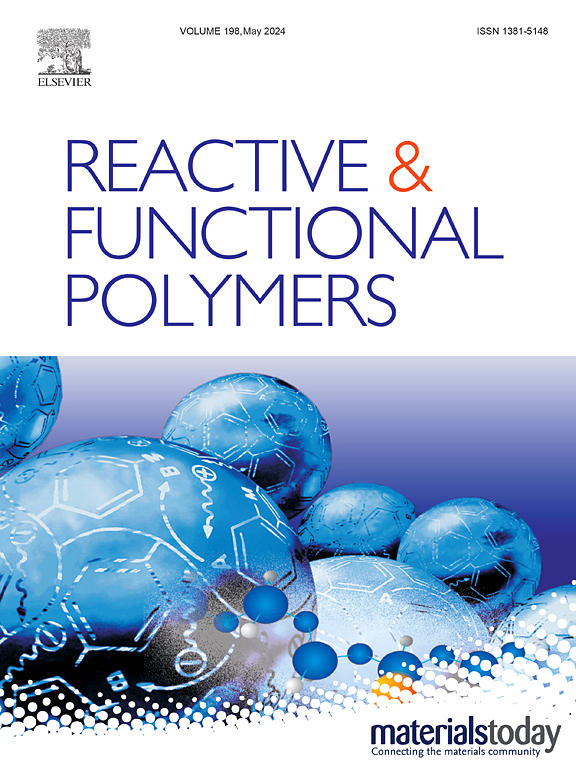Synergetic effect of heteroatoms doping and functional groups of graphene-chitosan magnetic nanocomposite on enhancement of heavy metal sorption
IF 4.5
3区 工程技术
Q1 CHEMISTRY, APPLIED
引用次数: 0
Abstract
The efficient removal of heavy metal ions from aqueous solutions remains a significant environmental challenge. In this study, a nitrogen (N) and sulfur (S) co-doped graphene (G) wrapped chitosan(CS) magnetic nanocomposite (NS-MGC) was synthesized via a scalable hydrothermal method. Thiourea acted as both a reducing and doping agent, while chitosan, a biodegradable and cost-effective biopolymer, provided additional functional groups for metal binding. The incorporation of Fe₃O₄@SiO₂ nanoparticles enabled rapid magnetic separation, enhancing recyclability.
The NS-MGC nanocomposite demonstrated exceptional adsorption capacities of 421.78 mg·g−1 for Zn2+, 318.44 mg·g−1 for Cd2+, and 169.58 mg·g−1 for Pb2+. Adsorption kinetics followed a pseudo-second-order model, indicating chemisorption, while equilibrium data were best fitted to the Freundlich isotherm, confirming multilayer adsorption on heterogeneous surfaces. The nanocomposite demonstrated excellent stability, retaining high efficiency over multiple reuse cycles. Mechanistic investigations revealed that electrostatic interactions, ion exchange, and surface complexation predominantly governed the adsorption process. The adsorption efficiency was largely influenced by the basicity of N-donor sites and the acidity and ion-exchange ability of –COOH+ groups, ensuring high adsorption even at elevated metal ion concentrations. These findings establish NS-MGC as a highly efficient, scalable, and reusable adsorbent for heavy metal removal in aqueous environments.

求助全文
约1分钟内获得全文
求助全文
来源期刊

Reactive & Functional Polymers
工程技术-高分子科学
CiteScore
8.90
自引率
5.90%
发文量
259
审稿时长
27 days
期刊介绍:
Reactive & Functional Polymers provides a forum to disseminate original ideas, concepts and developments in the science and technology of polymers with functional groups, which impart specific chemical reactivity or physical, chemical, structural, biological, and pharmacological functionality. The scope covers organic polymers, acting for instance as reagents, catalysts, templates, ion-exchangers, selective sorbents, chelating or antimicrobial agents, drug carriers, sensors, membranes, and hydrogels. This also includes reactive cross-linkable prepolymers and high-performance thermosetting polymers, natural or degradable polymers, conducting polymers, and porous polymers.
Original research articles must contain thorough molecular and material characterization data on synthesis of the above polymers in combination with their applications. Applications include but are not limited to catalysis, water or effluent treatment, separations and recovery, electronics and information storage, energy conversion, encapsulation, or adhesion.
 求助内容:
求助内容: 应助结果提醒方式:
应助结果提醒方式:


